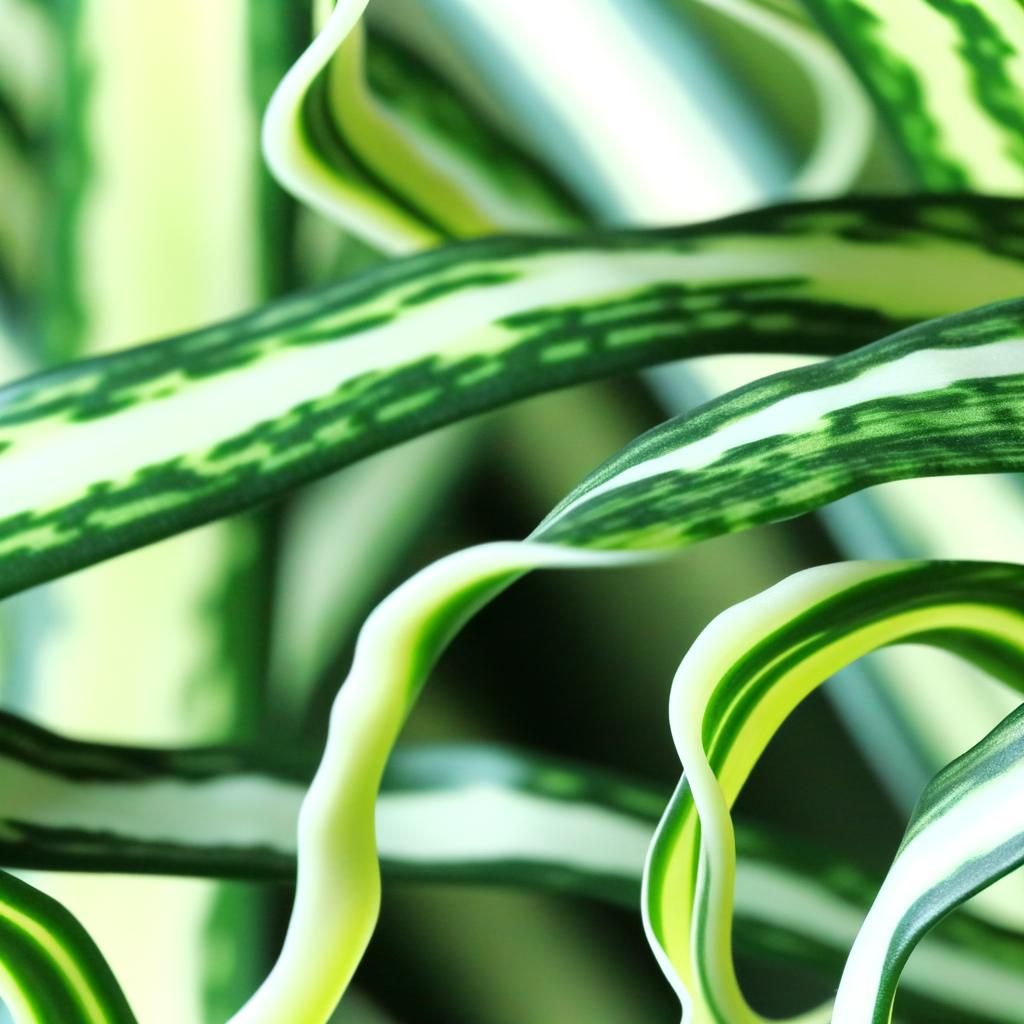Curly Spider Plant Care
Discover the unique charm of curly spider plants (Chlorophytum comosum 'Vittatum') with their distinctive wavy leaves. Learn how to care for these beautiful variants and help them thrive in your home.

The Curly Spider Plant
The curly spider plant is a fascinating variant of the classic spider plant, featuring distinctive wavy or curly leaves that add texture and visual interest to any space. While they share many care requirements with standard spider plants, they have some unique characteristics worth understanding.
What Makes Curly Spider Plants Unique?
Curly spider plants are distinguished by their distinctive leaf structure and growth pattern that sets them apart from standard spider plant varieties.
Key Characteristics:
- • Wavy leaves: Distinctive curly or wavy leaf edges
- • Variegated pattern: Green centers with white margins
- • Compact growth: Often more compact than standard varieties
- • Unique texture: Adds visual interest to plant displays
- • Same care needs: Similar requirements to standard spider plants
Care Requirements
While curly spider plants have the same basic care needs as standard spider plants, there are some considerations specific to their unique leaf structure.
Light & Water:
- • Bright, indirect light
- • Consistent moisture
- • Well-draining soil
- • Room temperature water
- • Avoid direct sunlight
Environment:
- • Moderate humidity
- • 60-75°F temperature
- • Good air circulation
- • Avoid cold drafts
- • Regular dusting
Watering Tips for Curly Varieties
The wavy leaves of curly spider plants can sometimes make them more sensitive to water quality and humidity levels.
Watering Guidelines:
- • Use filtered water: Avoid tap water with chemicals
- • Consistent moisture: Don't let soil dry completely
- • Room temperature: Avoid cold water
- • Drainage: Ensure pot has drainage holes
- • Humidity: Consider misting in dry environments
Note: Curly spider plants may be more sensitive to fluoride and chlorine in tap water, which can cause brown tips.
Propagation Methods
Curly spider plants can be propagated using the same methods as standard spider plants, though they may produce fewer babies initially.
Propagation Tips:
- • Wait for maturity: Plants need 1-2 years to produce babies
- • Soil propagation: Most reliable method
- • Water propagation: Good for rooting babies
- • Patience: Curly varieties may take longer
- • Healthy parent: Ensure parent plant is thriving
Learn more: Check out our complete spider plant propagation guide for detailed instructions.
Common Issues and Solutions
Curly spider plants may experience some issues specific to their leaf structure, but most problems are easily resolved with proper care.
Common Problems:
- • Brown tips: Usually water quality or humidity issues
- • Loss of curl: May indicate insufficient light
- • Slow growth: Check light and nutrient levels
- • Fewer babies: Normal for curly varieties
- • Leaf damage: Protect from direct sun and drafts
Display and Styling
The unique texture of curly spider plants makes them excellent focal points in plant displays and home decor.
Display Ideas:
- • Hanging baskets: Showcase cascading growth
- • Plant stands: Elevate for better visibility
- • Group displays: Mix with other spider plant varieties
- • Office spaces: Add texture to work environments
- • Bathrooms: Higher humidity benefits the plant
Enjoying Your Curly Spider Plant
Curly spider plants offer a unique twist on the classic spider plant, adding texture and visual interest to your plant collection. With proper care, they can thrive and bring joy for many years.